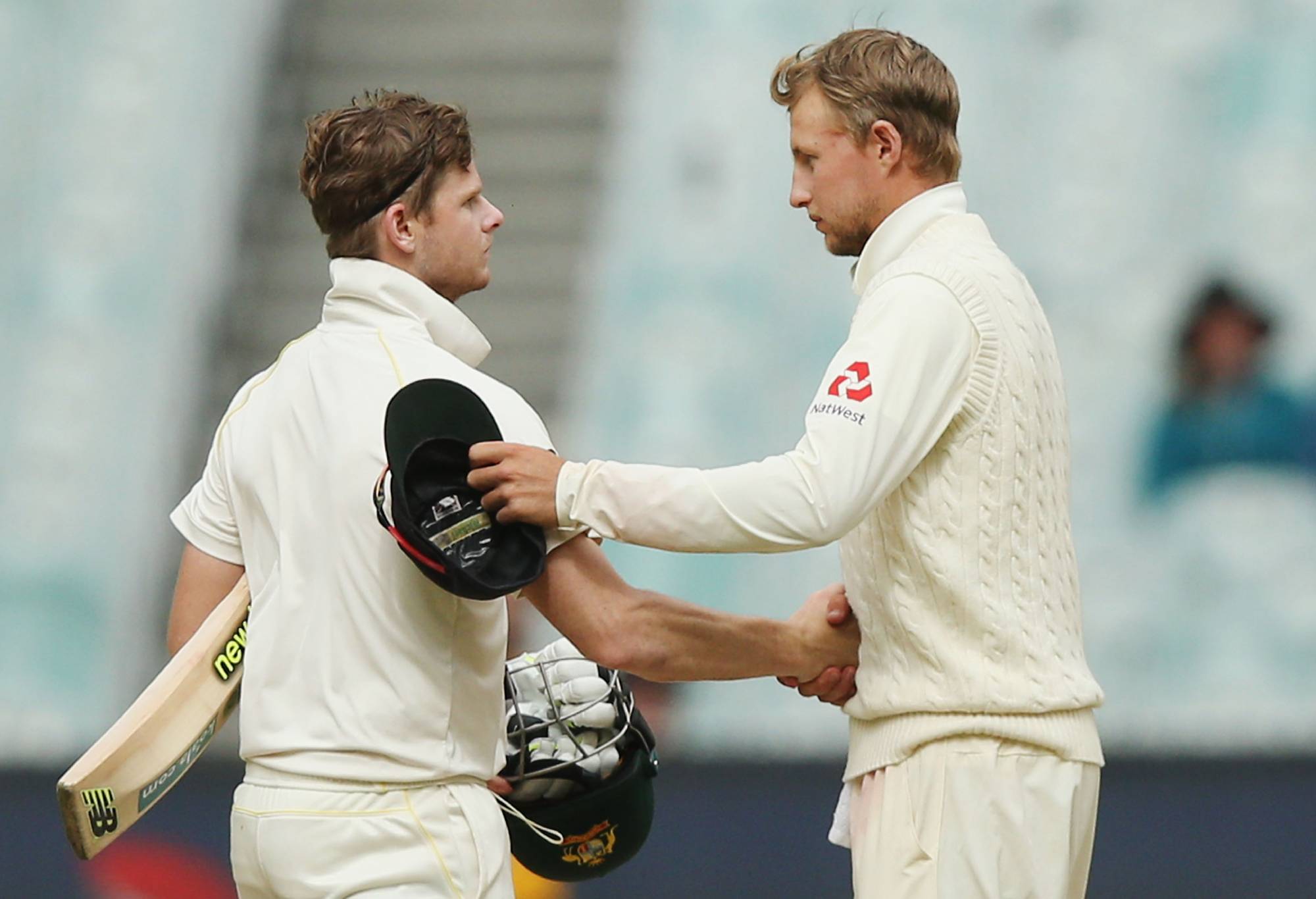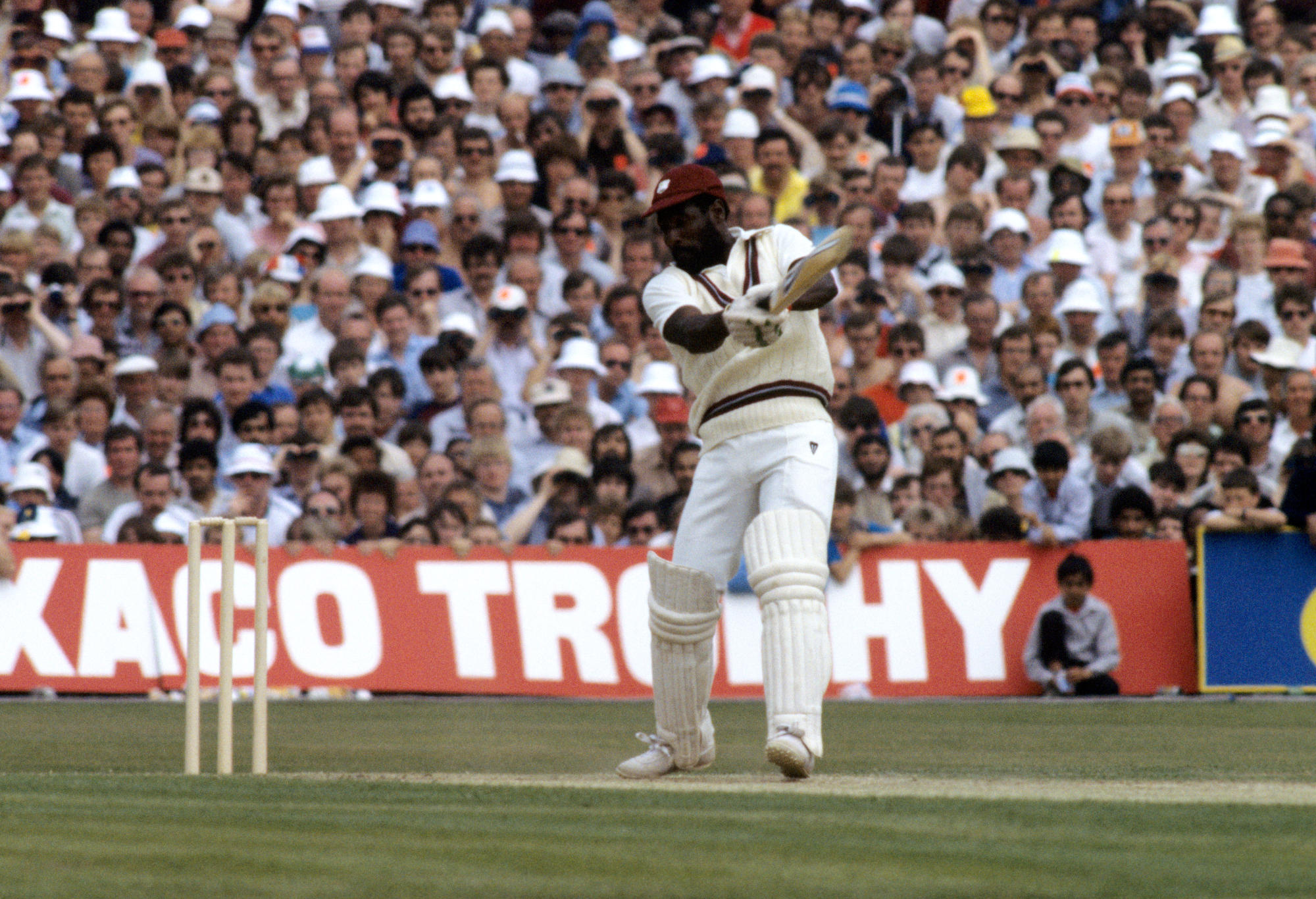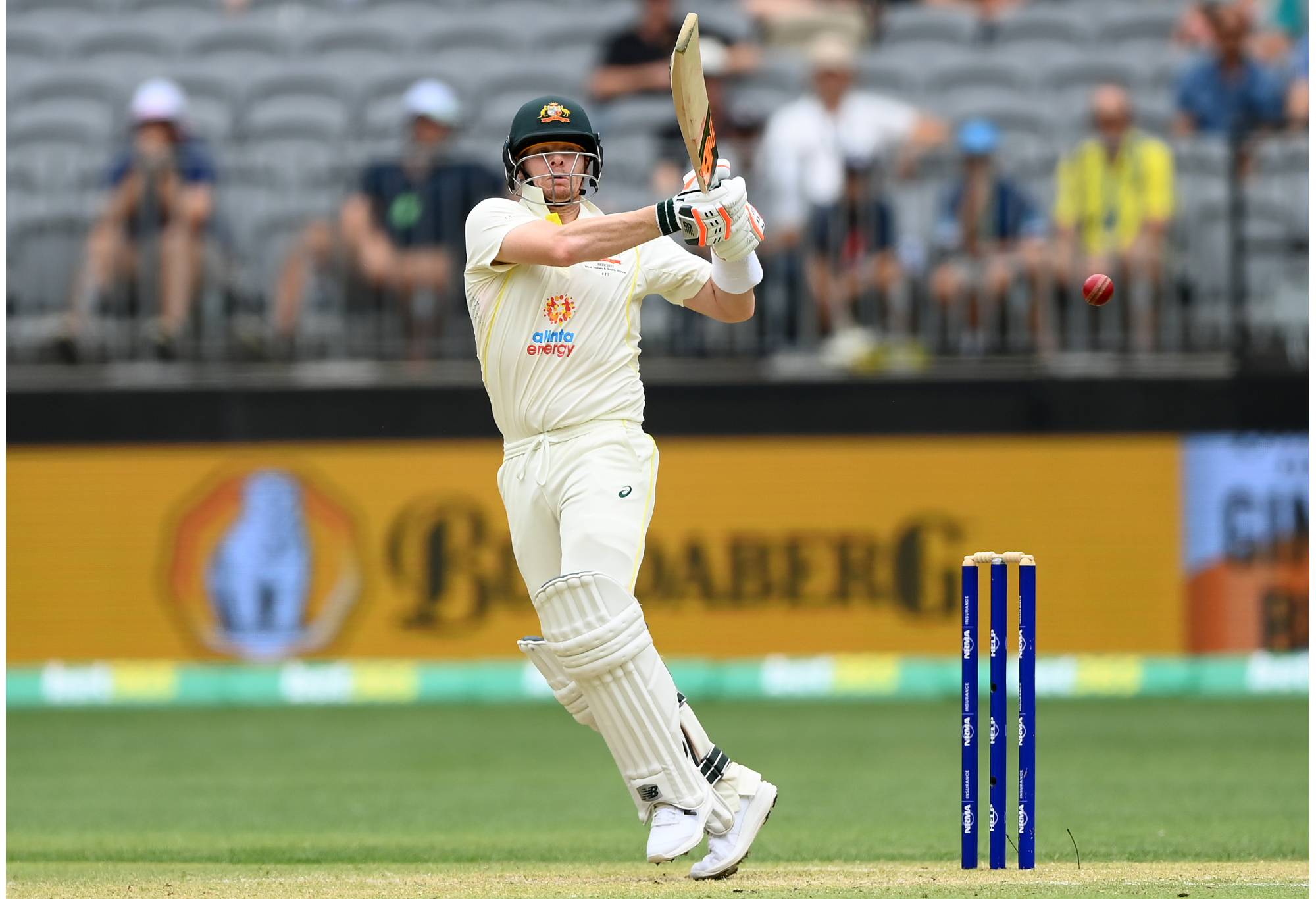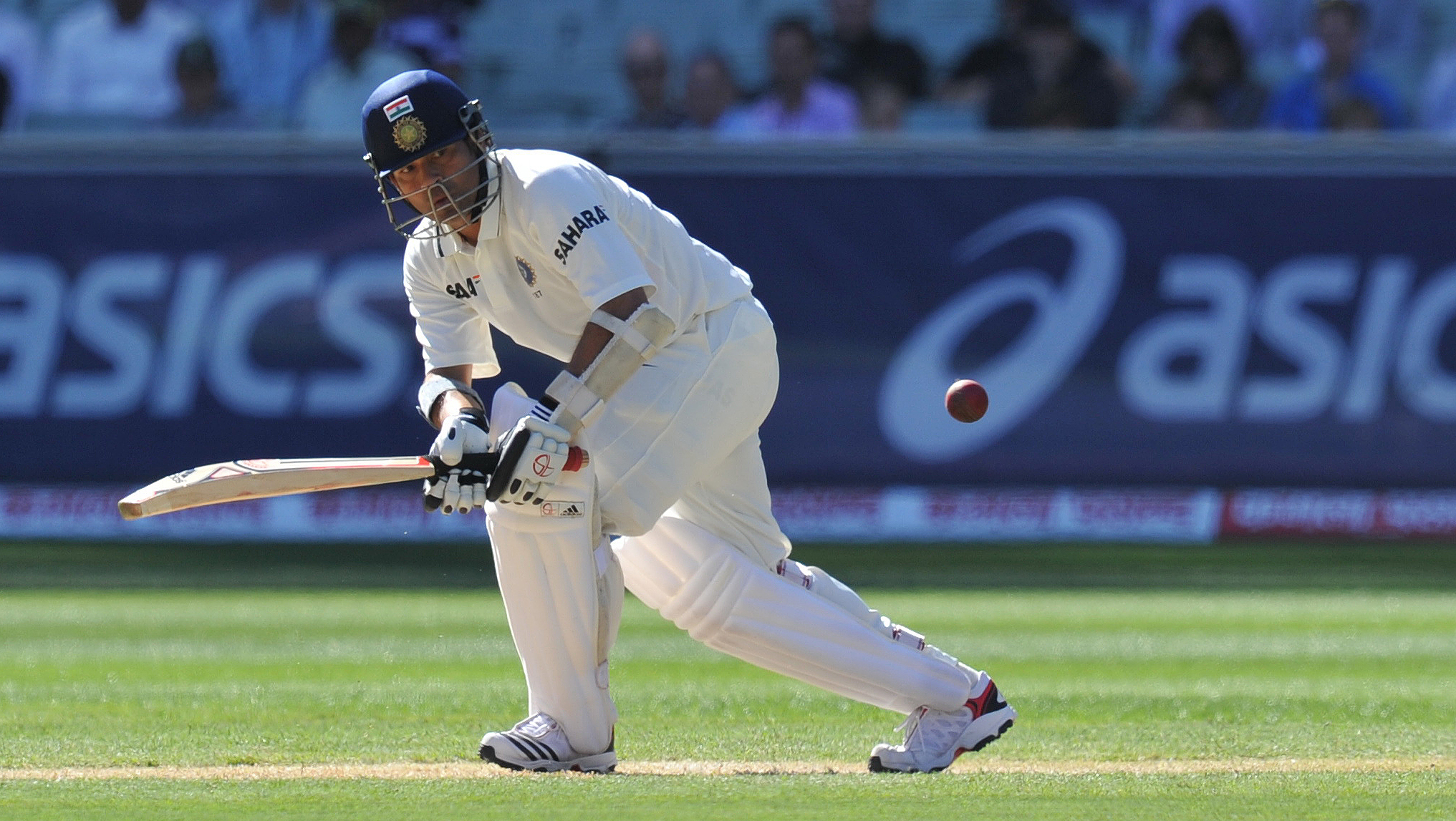Steve Smith is 27th all time when it comes to Test cricket’s greatest run-scorers and only slightly more than half Sachin Tendulkar’s world record total.
He’s 33 so he’s very much entering the veteran stage of his career.
But the way he’s going, he could rise above a phalanx of legends as high as second spot by the end of his career and could even challenge Tendulkar’s seemingly insurmountable summit.
Smith’s double-century in the first Test at Perth lifted his career tally past English duo Kevin Pietersen and David Gower and after a rare duck then a rapid-fire 35 to set up a declaration in Adelaide, he now has 8416 runs at 60.98.
CLICK HERE for a seven-day free trial to watch cricket on KAYO
He’s a tick over 7500 shy of Tendulkar’s 15,921 and still a long way from the next best, Ricky Ponting, who is Australia’s high watermark at 13,378.

Steve Smith and Joe Root. (Photo by Michael Dodge/Getty Images)
Only 14 batters in Test history have reached five figures and Smith is all but certain to be the 15th. English veteran Joe Root (12th with 10,629) is the only active player ahead of Smith on the run-scoring honour roll.
Root, who is 18 months younger than Smith, turns 32 at the end of this month and will be the Australian’s main rival in the race to topple Tendulkar, particularly given he can focus on the red-ball format.
He hasn’t been sighted in England’s T20 side since 2019 and is not considered one of their main batters when the ODI side is at full strength.
Root averages a smidge under 50 from his 126 Tests while Smith is at 60.98 after 89 matches.
The Englishman struggles against Australia – averaging 38.76, easily his worst clip against his main Test opponents – so Smith’s bowling buddies can do him a favour during next year’s Ashes when he tries to bridge the gap.
Technique tweaks
Smith, after making well-documented changes to his batting stance to be more side-on, will – barring injury – play 12 more Tests over the next seven months, likely 13 with Australia on top of the World Championship table heading into June’s final at The Oval.
Former teammate Trent Copeland believes Smith knows what will work when it comes to making technical changes to his unorthodox style.
“I think, genuinely, that Steve could stand there backwards and as long as his eyes and head were still, he’d probably still average 100 in Australian conditions,” the Channel Seven analyst said, half-jokingly. “The biggest thing I’ve seen from him is that a), he’s tried it in the nets and feels like it’s going to work and b), when he talks about it, he says ‘I just feel invincible, these guys aren’t getting me out’. And that’s talking about his own teammates in the nets and then any opposition that he plays against, no matter the format.
“I think when you talk about the legendary players, the technique changes they really sound like they have a rationale behind them but honestly as long as he’s still at the point of release, he’s just too good a problem solver, too good a player with his hands. It’s just great that he’s in a good position, mentally and physically.”

Sir Vivian Richards. (S&G/PA Images via Getty Images)
He has hit 1000 runs in a calendar only four times in his career since his debut way back in 2010, but with 749 at 62.41 in 2022, he will go close to achieving the feat again with Tests in Brisbane and Melbourne versus South Africa on the agenda this month.
Smith will overtake some of world cricket’s greatest batters in the near future with Alec Stewart, Viv Richards, Virender Sehwag, Matthew Hayden, Michael Clarke, AB de Villiers, VVS Laxman, Inzamam-ul-haq and Javed Miandad falling by the wayside during the course of his next 500 runs.
Significantly, he’s the only member of the top 30 who has played less than 100 Tests.
Silver lining to year off
Smith missed out on nine matches in 2018-19 due to his year-long ban for the heavy ball-tampering sanctions from the South African tour.
Clearly he would have many more runs under his belt already if not for that suspension but the year off could prove to be a mid-career freshen-up which helps Smith play well into his 30s or even beyond, as Tendulkar did before retiring in 2013 at the age of 40.
Copeland said the 12 months out of the game probably won’t have much of an effect on him physically but it could prove invaluable after it helped him realise “his understanding of how much he loves cricket and how much he loves playing at the top level and dominating”.
“I think we will see him play, while ever he’s enjoying it, we’re going to see him at the top level for a long, long time.
“If he is to be left out of (Australian) T20 teams, add in that mental freshness by not travelling with the T20 team. Imagine if we got Test and ODI only Steve Smith, he’s already averaging what he is from focusing on all three formats, he might average 90.

(Photo by Quinn Rooney – CA/Cricket Australia via Getty Images)
“I think it’s a matter of when,” he added when asked if he could end up challenging Tendulkar’s record. “I find it hard being a mate and a peer for so long to fathom where he’s going to finish up or comparing him to those legends that I used to watch but he’s well on track for that sort of status, for sure.”
Another factor in Smith’s favour is the fact that Australia will play 40 Tests in the next ICC Future Tours Programme with only England (43) and India (38) playing a similar amount.
Smith and Root could be the last challengers Tendulkar sees to his throne with the rise of T20 cricket and lucrative leagues across the globe meaning the amount of Tests played by future generations could be much less.
Number of Tests trending down
The number of total Tests played worldwide each year grew rapidly after World War II. Previously there were only six calendar years where 10 or more matches were played with the first in 1902. There have only been three years since international cricket resumed in 1946 where there has been less than 10 matches (1946, 1950 and 1970 when South Africa’s tour to England was cancelled due to apartheid).
The first year featuring 30 Tests was 1983 and every year since has had at least 21 matches, reaching the 40 milestone in 1995 and hitting the half-century in 2001 when 55 matches were played, which remains the high watermark for fixtures.
Since the explosion of popularity in T20 cricket since the format’s first World Cup 15 years ago (it overtook ODIs for most matches in a year in 2016), Tests have declined at an alarming rate despite the number of nations rising to 12 four years ago with Afghanistan and Ireland getting full ICC member status.

Steve Smith of Australia celebrates reaching a century. (Photo by Cameron Spencer/Getty Images)
From 2000-09, there were 464 Tests. In the next decade, that number had dropped to 433. In the past three years, the COVID-19 pandemic has limited the number of matches to 22 in 2020, 44 last year and 37 this year with six left to play this month.
There will be 173 men’s Tests (as well as 281 ODIs and 323 T20Is) in the ICC’s Future Tours Programme from 2023-27 with Australia playing 40 over that timeframe, eight per year.
After the pandemic-affected years of 2020-21 where Australia played eight times in total, they will rack up 11 matches this year.
In the 1990s, the Aussies averaged 10.8 Tests per year, that peaked at 11.5 in the 2000s, before sliding back to 11.2 in the 2010s.
It’s a similar scenario for England – they played 10.7 per year in the ‘90s, then 12.9 in the 2000s, then 12.6 last decade.

Sachin Tendulkar. AAP Image/Julian Smith)
Despite the pandemic they’ll end up playing 39 in the first three years of this decade when they finish their three-match tour of Pakistan next week. They’re scheduled to play 43 over the 2023-27 FTP.
There is of course the possibility that someone like Australian first drop Marnus Labuschagne, who has made a strong start to his international career, English young gun Harry Brook or one of India’s many rising batting stars dedicates themselves to the Test arena for their entire career and can break into cricket’s exclusive 10,000-run club.
But it’s becoming more and more difficult for players, particularly those who play more than one format at international level to enjoy the longevity and benefit from as many annual Tests as batters from the not too distant past.
Of the 54 players who have broken through the 7000-run barrier, New Zealand skipper Kane Williamson (7368), Australian opener David Warner (7919) and Indian superstar Virat Kohli (8074) are the only other active players – all at the tail end of their career – apart from Smith and Root.
The vast majority of this group played in the 1980s, ‘90s and 2000s when career Test cricket run-scoring records were set that may never be broken.

































































































